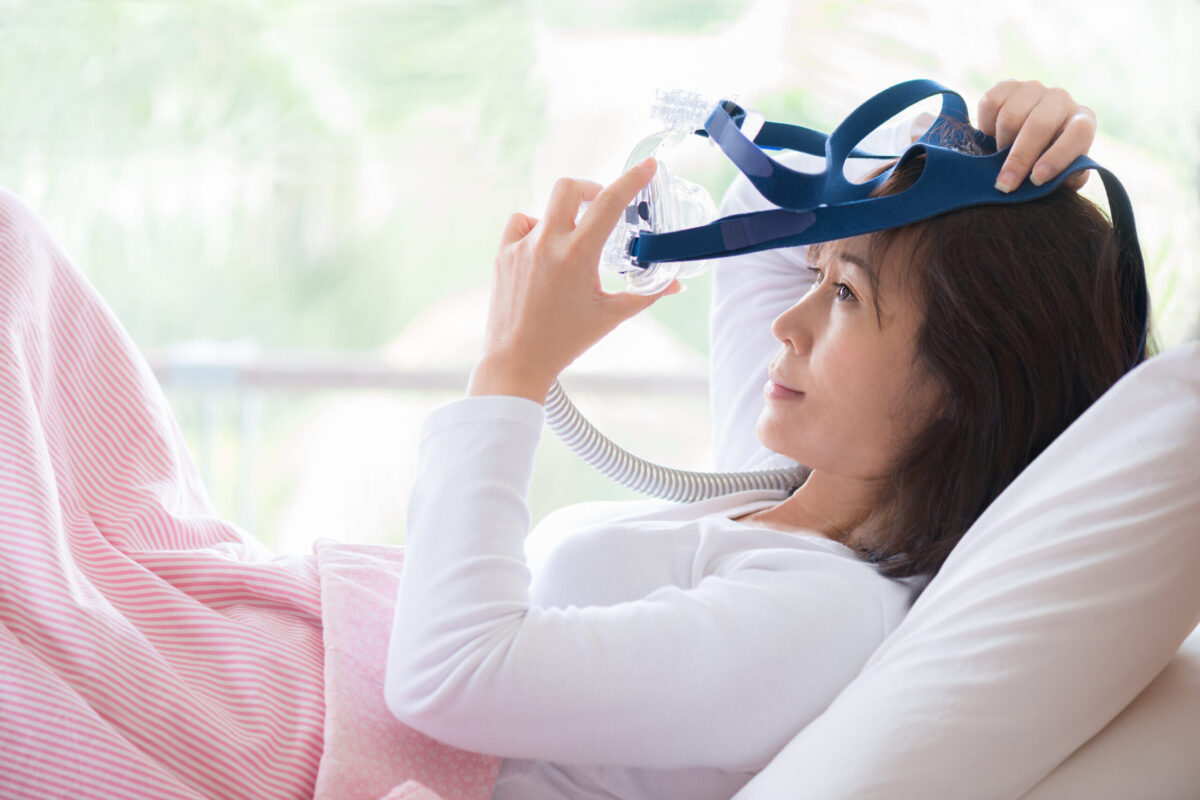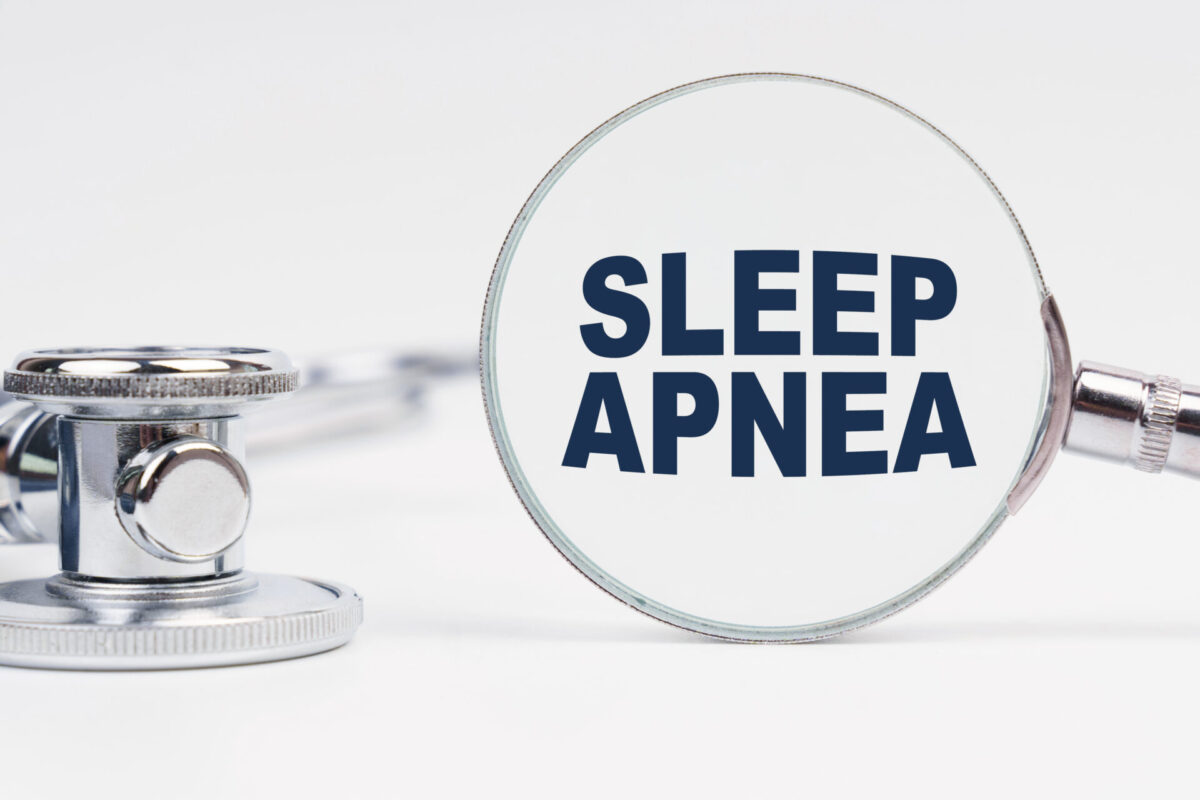The Goal of Neurological Pain Management Strategies
At the most basic level, neurological pain management strategies encompass a multi-pronged approach. While there’s a wide range of neurological conditions inflicting intermittent pain, different methods can be applied across various diagnoses.
However, there are some important considerations to take into account. There is no one-size-fits-all solution. The effectiveness of these therapies can vary depending on the individual and the specific condition.
You should work with a qualified practitioner, first and foremost. Make sure your pain management specialist, physical therapist, acupuncturist, massage therapist, or chiropractor is licensed. Plan a consultation soon, as this visit will determine whether a comprehensive treatment plan is the right course of action.
“Neuropathic pain often arises from damage to neurons in the peripheral nervous system,” according to Weill Cornell Medicine. “It is estimated to affect tens of millions of people worldwide. It is notoriously difficult to treat effectively.”
Fortunately, a combination of strategies and solutions can help.
Neurological Pain Management Strategies for Proper Care
For Peripheral Neuropathy or Carpal Tunnel Syndrome, a physical therapist can design the right schedule of neurological pain management strategies. Stretches and exercises, tailored personally for you, can improve flexibility and range of motion in the affected areas.
You’ll also learn about strengthening exercises for muscles that support your nerves, which promotes stability. For Carpal Tunnel Syndrome, you might have to make ergonomic modifications to your workspace to prevent further strain.
Sometimes Spinal Stenosis, herniated discs, or cervical or lumbar back problems are the main inflictors of pain. Thankfully, physical therapy can strengthen your core muscles. This specific group of muscles supports your spine, improving flexibility and posture, and reduces pressure on nerves exiting the spine. Balance-training can also improve stability and prevents falls.
Fibromyalgia is a unique case where low-impact exercise programs like gentle stretching and aerobic conditioning can do wonders. Exercise helps improve blood flow, minimize stiffness, and promote better sleep.
Our list wouldn’t be complete without mentioning the benefits of acupuncture. Acupuncture involves inserting thin needles into specific points on your body. While the exact mechanisms aren’t fully understood, this centuries-old treatment can stimulate your nervous system. This releases endorphins, your body’s natural painkillers, and reduces inflammation and improves blood flow. It’s effective in managing pain from musculoskeletal problems and helps reduce intensity, improving your nerve function.
Massage therapy shouldn’t be overlooked, too. A specialist can manipulate soft tissues under the surface of your skin to promote relaxation and boost venous circulation. It’s beneficial for general pain management and stress reduction.
On the other end of the spectrum, Myofascial Release Therapy targets muscular trigger points to release tension and improve flexibility. It’s helpful for pain caused by muscle knots and spasms. Trigger Point Therapy, in general, applies pressure to specific trigger areas on your body.
The Goal of Chiropractic Care and Structural Alignment
Chiropractic care is a unique subset within the cadre of neurological pain management strategies. Chiropractors focus on the musculoskeletal system and believe that misalignments in your spine can contribute to pain throughout the body.
Chiropractic care involves manual adjustments to the spine and other joints. It can aid those suffering from all types of thoracic, cervical, and lumbar spine problems, as well as herniated discs.
While a chiropractic adjustment isn’t a first-line-of-defense treatment, many patients find relief by improving their joint mobility. Another benefit is: it can reduce nerve irritation. It’s important to discuss this with your doctor beforehand, especially if you have a herniated disc.
“Chiropractors deal with the neuromuscular system, which encompasses your muscles and the nerves that control them,” says Men’s Health. Conditions that affect this system, from back pain to sports injuries to headaches, fall within their scope.
“The goal of a chiropractor’s treatment is to correct your body’s structural alignment and improve how it functions,” it adds. “If something’s off with your alignment, it can damage tissue and contribute to a wide range of health problems. So increasing your range of motion in your spine and joints is key to restoring your wellbeing.”
In fact, chiropractic neurology is now its own practice due to so many neurological-pain patients seeking relief. A chiropractic neurologist diagnoses and treats a range of disorders affecting the nervous system.
“The therapy a chiropractic neurologist prescribes does not include drugs or surgery,” according to Palmer College of Chiropractic. “Typical dysfunctions treated by a chiropractic neurologist include a variety of disorders affecting the peripheral nervous system.”
Global Facts and Neurological Pain Management Strategies
Whether it’s Peripheral Neuropathy, Osteoarthritis, spinal stenosis, herniated discs or spine problems, neurological pain management strategies can help. Other pain problems include compression fractures, Carpal Tunnel Syndrome, Fibromyalgia, Diabetes, heart disease, stroke, and autoimmune diseases. All come under the healing potential of comprehensive neurological pain management.
Despite the complexity of biochemical and biological pathways involved in pain transmission, chronic pain presents an unparalleled challenge for physicians. According to the National Center for Biotechnology Information, many conservative treatments do not work. Even worse, opioid treatments have their own drawbacks, including side effects and dependence behaviors.
It’s one major reason why novel strategies for managing chronic pain have evolved over the past several years. Common neuropathic pain syndromes include Polyneuropathy, Post-Herpetic Neuralgia, and Peripheral Nerve Injury. They also include “radiculopathy, cancer-related neuropathic pain, central post-stroke pain, and trauma or entrapment neuropathy,” the center states. “Pharmacological treatment fails to provide adequate pain relief in many patients. Hence, there is an unmet need for newer approaches, especially interventional techniques like neuromodulation.”
Even more interesting: approximately 3 billion people worldwide are living with a neurological condition. “Neurological conditions are now the leading cause of ill health and disability worldwide,” The Lancet Neurology states. “The overall amount of disability, illness, and premature death caused by neurological conditions has increased by 18 percent since 1990.”
Pegging off the Lancet study, the World Health Organization has documented that Diabetic Neuropathy is the fastest growing neurological condition. “The number of people with diabetic neuropathy has more than tripled globally since 1990, rising to 206 million. This increase is in line with the worldwide increase in diabetes.”
Incorporating Healthy Lifestyle Modifications
Focusing on healthy lifestyle modifications fits perfectly into neurological pain management strategies, especially when combined with strategies like physical therapy.
Consider these helpful life-changing habits:
- Prioritize anti-inflammatory foods like fruits, vegetables, whole grains, and lean proteins. Limit processed foods, sugary drinks, and unhealthy fats. This reduces inflammation throughout the body, which can contribute to pain from various conditions.
- Focus on foods rich in B vitamins, which are essential for nerve health. Incorporate lots of leafy greens, fortified cereals, and beans in your diet. Limit foods high in saturated and trans fats, which can worsen inflammation. This can particularly help with Peripheral Neuropathy and Diabetes.
- Some individuals suffering from Fibromyalgia find that following a gluten-free diet is helpful. Also, reducing their intake of certain foods like dairy or processed sugars helps in managing pain.
Don’t forget to manage your weight over the long term. The benefits of weight management for pain reduction are significant, especially for conditions affecting the joints and spine. Losing excess weight reduces pressure on your spine and nerves, leading to less pain and improved mobility. Every pound you lose translates to less stress on your weight-bearing joints.
We can’t end this conversation without mentioning your sleep habits. When you don’t get enough sleep, your body produces more inflammatory chemicals that can worsen pain. Conversely, good sleep promotes healing and reduces pain perception. Establish a regular sleep schedule. Go to bed and wake up at the same time each day, even on weekends. Create a relaxing bedtime routine. Take a warm bath, read a book, or listen to calming music before bed.
You can also optimize your sleep environment by making sure your bedroom is dark, quiet, and cool. Limit screen-time before bed. The blue light emitted from electronic devices can interfere with sleep.
Wellness and Pain
Discover the right neurological pain management strategies by visiting Wellness and Pain. We offer conservative treatments, routine visits, and minimally invasive quick-recovery procedures. We can keep you free of problems by providing lifestyle education and home care advice. This enables you to avoid and manage issues, quickly relieving your inhibiting lifestyle conditions when complications arise.
We personalize patient care plans based on each patient’s condition and unique circumstances. We help to improve wellness, increase mobility, relieve pain, and enhance your mental space and overall health.




















